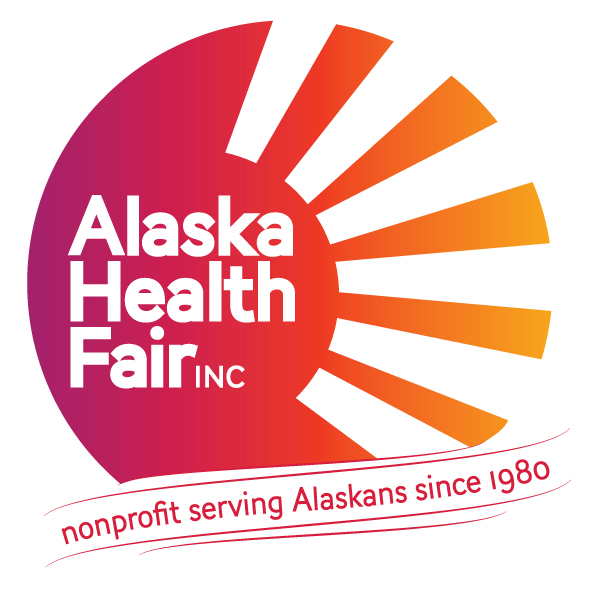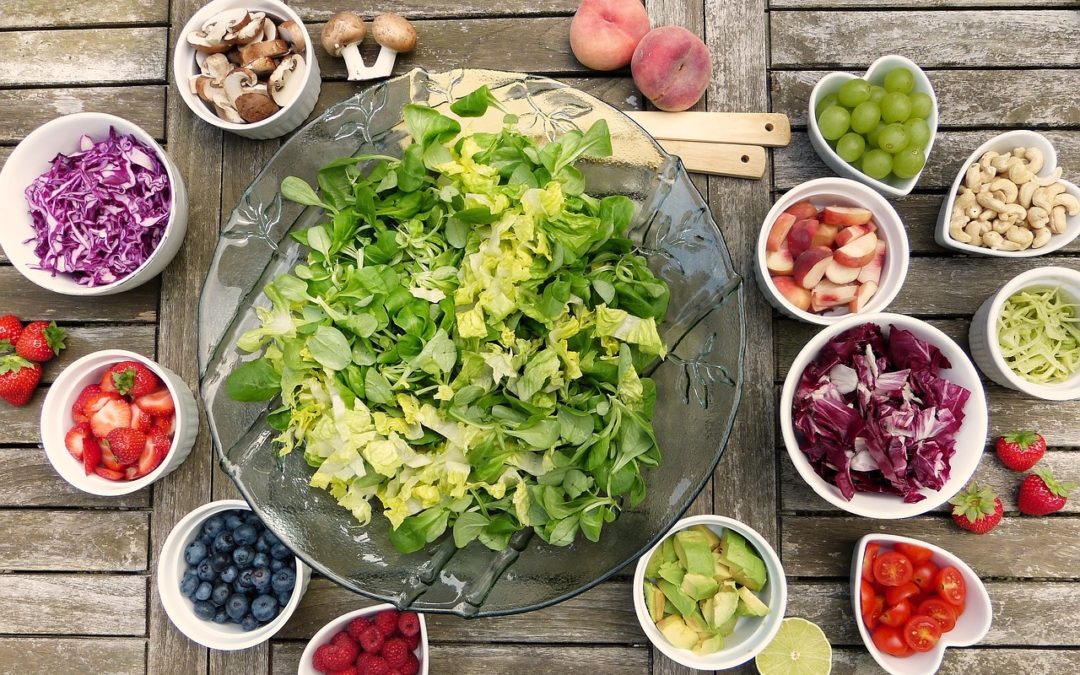“Do you want a soda with that?”
Would you say “yes” if you knew that added up to 250 extra calories to your meal?
Wouldn’t it be helpful to know about those extra calories right away, when you’re making the decision about what to order?
Starting this May, that information is right there for you.
Larger chain restaurants, grocery stores and convenience stores selling prepared foods are posting calorie counts on their menus, menu boards or on signs next to food so consumers can make informed, healthier choices. The U.S. Food and Drug Administration (FDA) requires these types of eating establishments to post calorie information right next to food items on the restaurant menus or signs in stores.
“It’s hard to guess how many calories are found in restaurant foods. It’s usually a lot more than people think,” said Diane Peck, a registered dietitian nutritionist with the Alaska Department of Health and Social Services. “Having the calories listed on the menu can help people who want to maintain a healthy weight and reduce their risk of diet-related disease make an informed decision about what to eat.”
Providing nutrition facts where people make decisions about what to eat and buy can lead to healthier choices and improve what restaurants offer. In addition to the calorie count on the menu, restaurants must also provide other nutrition information upon request, such as fat content, carbohydrates, sodium, saturated fat, trans fat, cholesterol, added sugar, fiber and protein. All of this information makes it easier to know which foods and drinks are the lower-calorie, healthier choices when ordering fast food, grabbing prepared foods from a grocery store salad bar, or ordering pasta at a chain restaurant.
“Alaska ranks in the top ten for highest adult obesity rates in the U.S., so I think menu labeling holds a lot of potential for impact,” said Dr. Leslie Redmond, a registered dietitian nutritionist and associate professor with the University of Alaska Anchorage. “I think it’s encouraging to see widespread efforts such as menu labeling being enforced to help educate consumers and support them in making healthier food and beverage choices. It may seem like a small thing, but even small changes can help nudge people towards healthier behaviors.”
Here’s how you can use the information to make better food and drink choices:
- Choose a grilled chicken sandwich at 380 calories instead of a fried chicken sandwich at 570 calories.
- Drink water and sparkling water with no calories instead of a sugary drink, which can range from 140 calories to 250 calories, depending on the serving size.
- Ask for sauces and salad dressings on the side to help reduce added calories.
- Ask your server for nutrition information on the menu item you’re thinking about ordering. That will help you find out how much sodium, saturated fat or fiber is in your meal.
- Check out the calories of the supersized meal before ordering. The extra hamburger patty, slice of cheese or French fries adds a lot of extra calories. Choose the smaller bag of fries, or even a small salad if it’s available, to reduce calories in your meal.
For more information, check out a short FDA video called “Calories Count” (https://www.youtube.com/watch?v=wuqO3ODoaXU#action=share) The video is focused on the new menu labeling law and recommendations for eating and drinking healthy options at restaurants.
Contributed by the Physical Activity and Nutrition Unit and our Partners at the Obesity Prevention and Control Program, Section of Chronic Disease Prevention and Health Promotion of the State of Alaska.

